This is the second part of a four-part instalment about my recent visit to the Vila Nova de Foz Côa (VNFC) region. Part 1 can be found here:
For the first full day in VNFC, we had booked a visit to two of the Upper Paleolithic (22,000 – 10,000 BC) rock art sites located along the Côa river valley. In the mid- 1990’s, archaeologists working in the area discovered several open – air rock art sites, and soon their importance was recognized. At the time, there were plans to build a dam in the Côa river, which would have drowned them. A big public discussion went on with arguments from both sides; at the end of it, the dam was cancelled, and a large part of the area was classified by UNESCO as World Heritage. Rightly so, if you ask me.
These sites constitute the oldest record of human engraving activity in the world, being also unique in the fact that they exist in the open, not in caves, as it was more typical of the time. 20,000 years ago, man engraved thousands of drawings depicting horses and cattle on the schist rocks of the Côa valley, a tributary of the Douro river, in northeastern Portugal. The engravings essentially portray animalistic figures, although a human representation is known. The most represented animals are horses and bovines (aurochs, which are now extinct).
Since 2018, Arte do Côa (which includes the Vale do Côa Museum and Archaeological Park) has become part of the Council of Europe’s Cultural Itinerary, where sites such as Lascaux, Chauvet, Niaux (France), Altamira (Spain) or Valcamónica are represented (Italy).
There are three sites open to the public for visiting, with guided tours departing from the dedicated museum in VNFC, and the village of Castelo Melhor. Depending on the exposure to sunlight, two of the sites have morning visits (Ribeira de Piscos and Canada do Inferno), while the third one can be visited in the afternoon (Penascosa). For more details, please see here:

The museum in VNFC is located about 3 km away from the town, along a road that this time of the year is full of blooming almond trees. I made an early start, before sunrise, to make some photos of the landscape. It is simply a beautiful landscape, with the soft rolling mountains and steep hills descending into the Côa and Douro valleys. The terraced hills are a testimony to the perseverance of man to try and tame Nature for centuries. Today, the almond and olive trees dominate. So early in the morning, the river valleys are covered with fog, which adds mystery and beauty to the landscape. The museum’s building itself is quite interesting, as it was built to resemble a large block of schist lying in the ground.
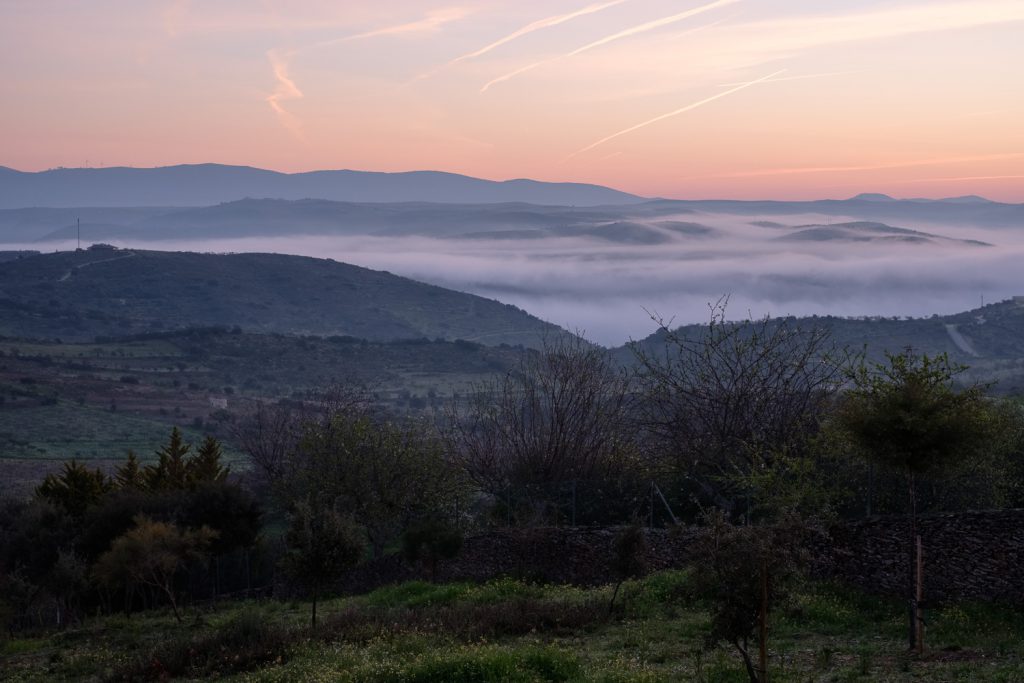
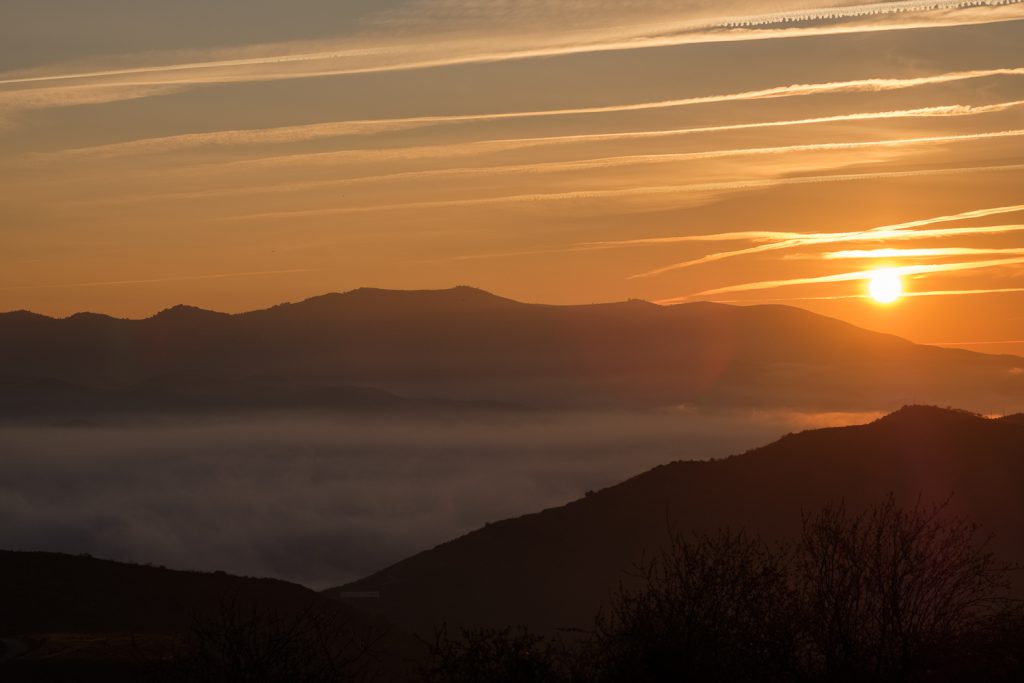

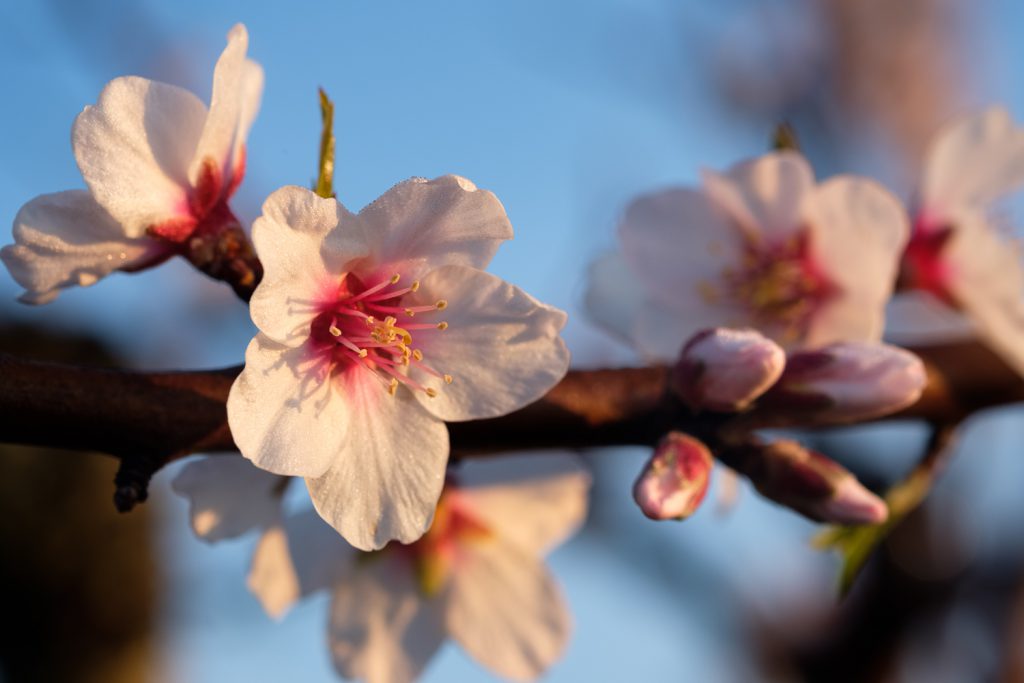
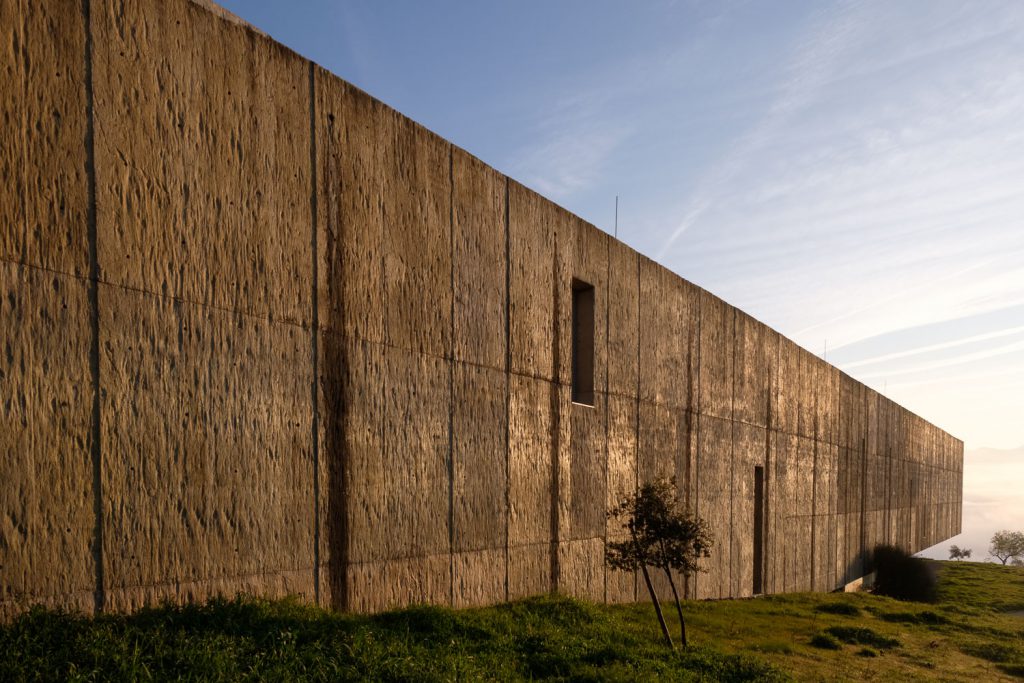
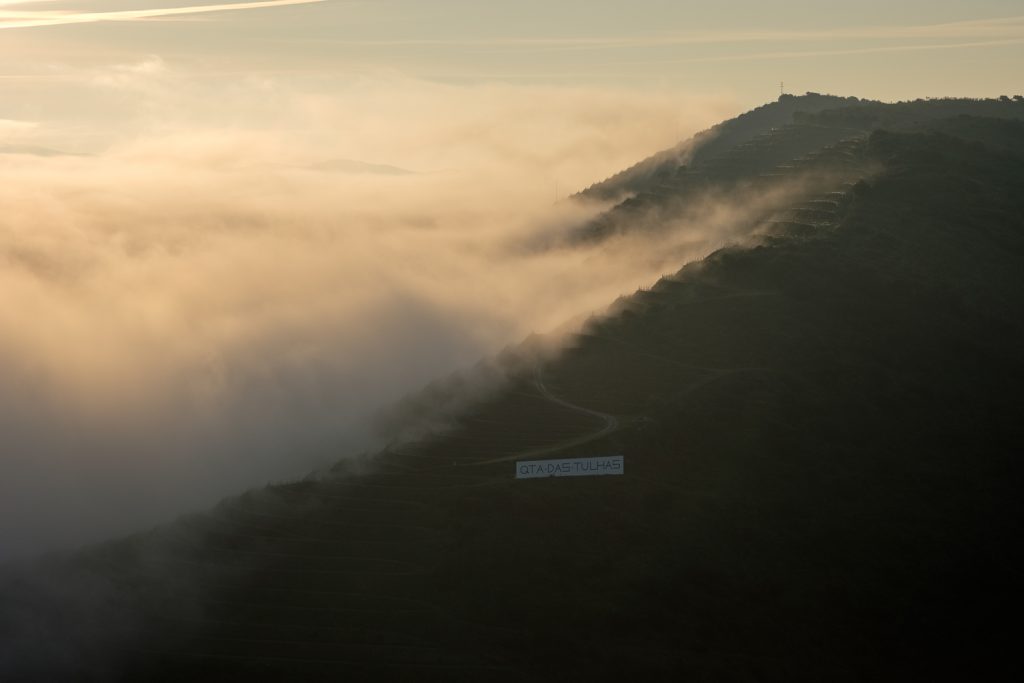

The first visit was to the Ribeira de Piscos site, a small creek that is a tributary on the left bank of the Côa. As all visits, it requires driving in a 4WD along some rough dirt tracks, but our guide, Marina, handled that smoothly. One of the main attractions – besides the rock art itself – is being able to experience the surrounding landscape and the peacefulness of the area. The highlight of this visit is the engraving of a human figure, the famous “Man of Piscos”. There is also a small rock with four small horses finely engraved with an amazing level of detail, including ears and hooves. The last rock panel holds a near – life size aurochs’ depiction, that would have been visible from the opposite bank of the Côa river. Closing my eyes, it was easy to imagine being here 20,000 years ago and picture our first ancestors living in the vicinity and hunting these animals. At the time, an Ice Age was on, but today, in late February and at the bottom of the valley, it is well over 20 Celsius, quite warm for the season.
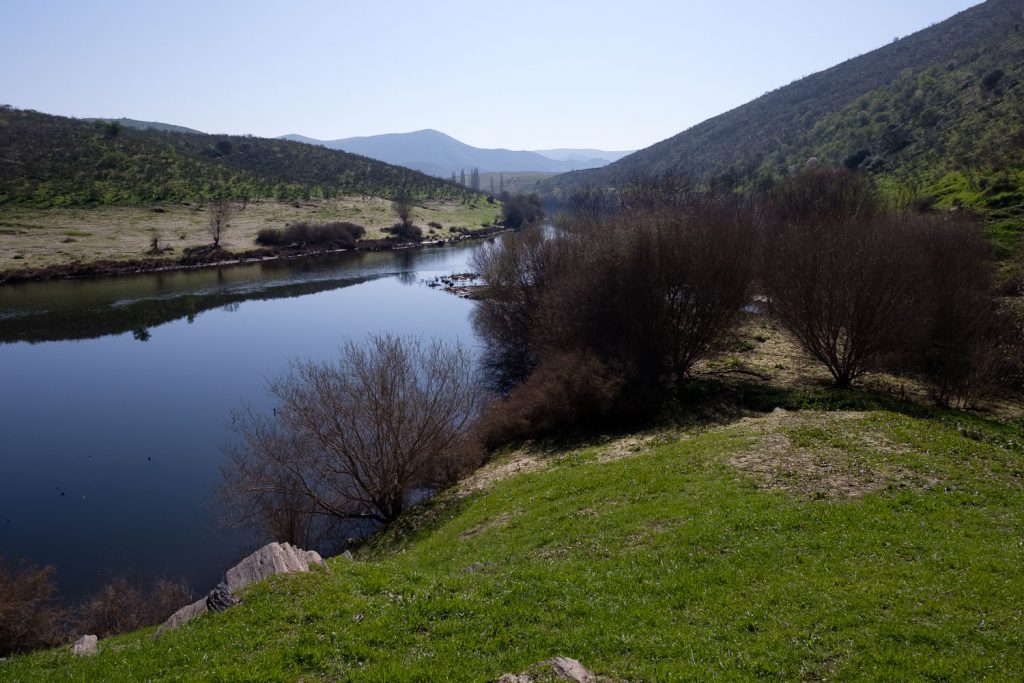
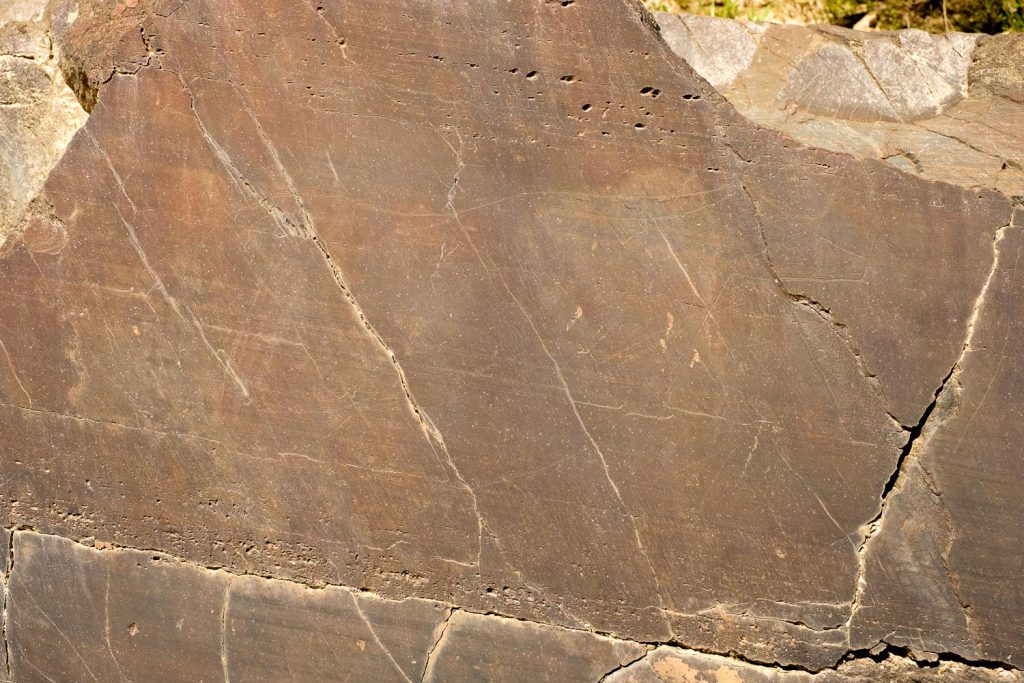
It was with some regret that we had to return to VNFC, where we had lunch. In the afternoon, we would visit the Penascosa site, meeting our guide in the village of Castelo Melhor. Again, the drive from VNFC to this small village afforded impressive views over the landscape, with the bonus of the ever-present almond trees in bloom. Castelo Melhor is an old village, with a small castle in ruins at the top of a hill. Its history goes back to pre-roman times. It’s first “foral” or charter, was granted in the year 1209 by king Afonso IX of Leon. In 1297, the village became part of Portugal.
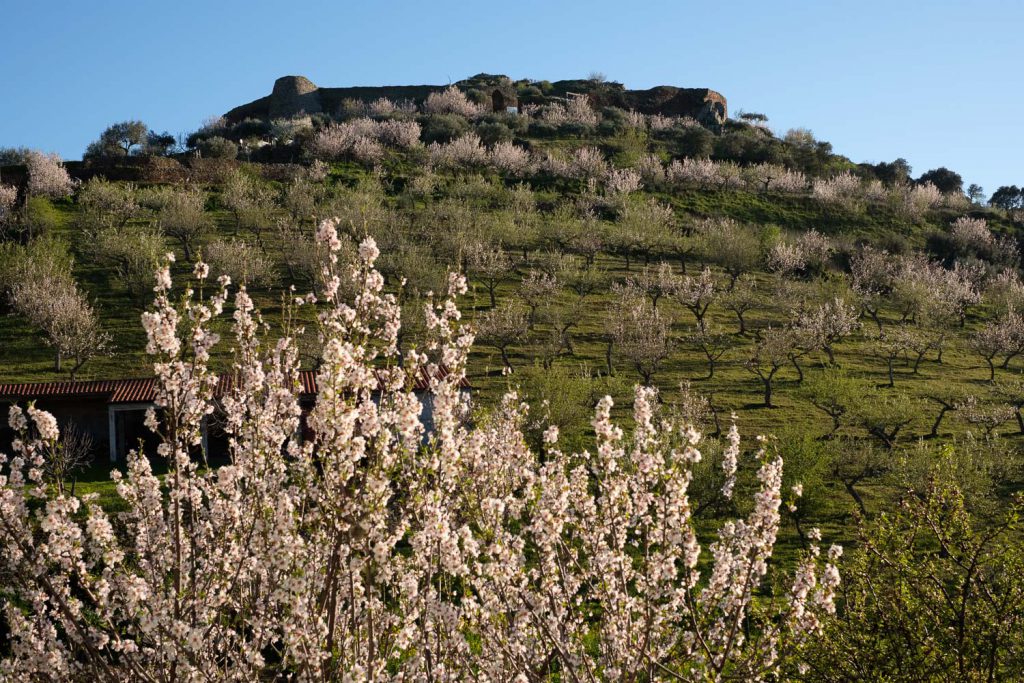

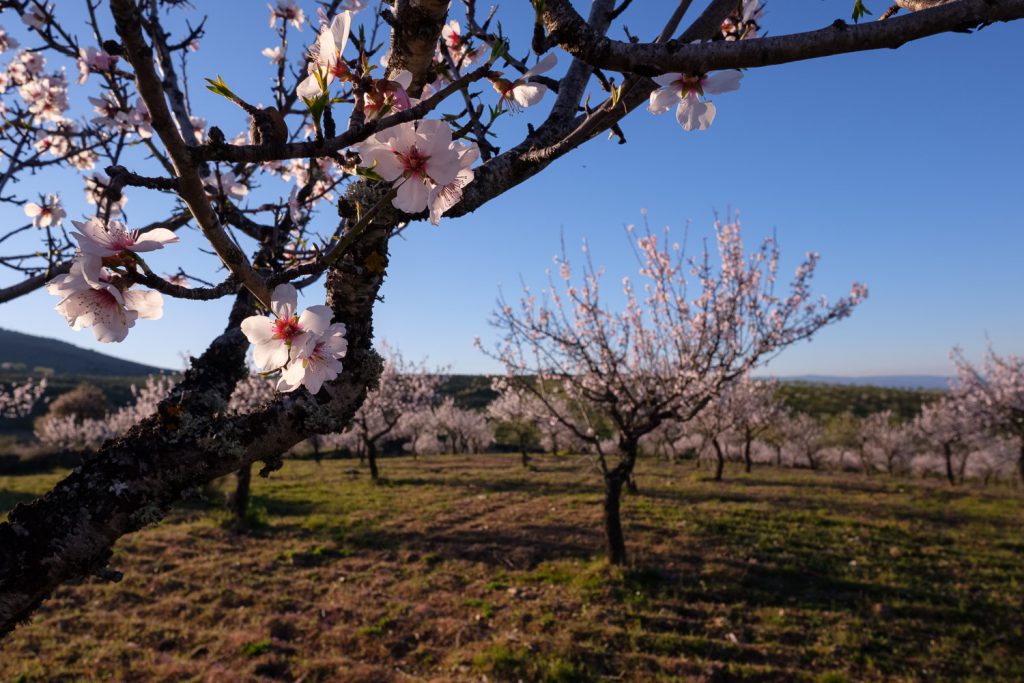

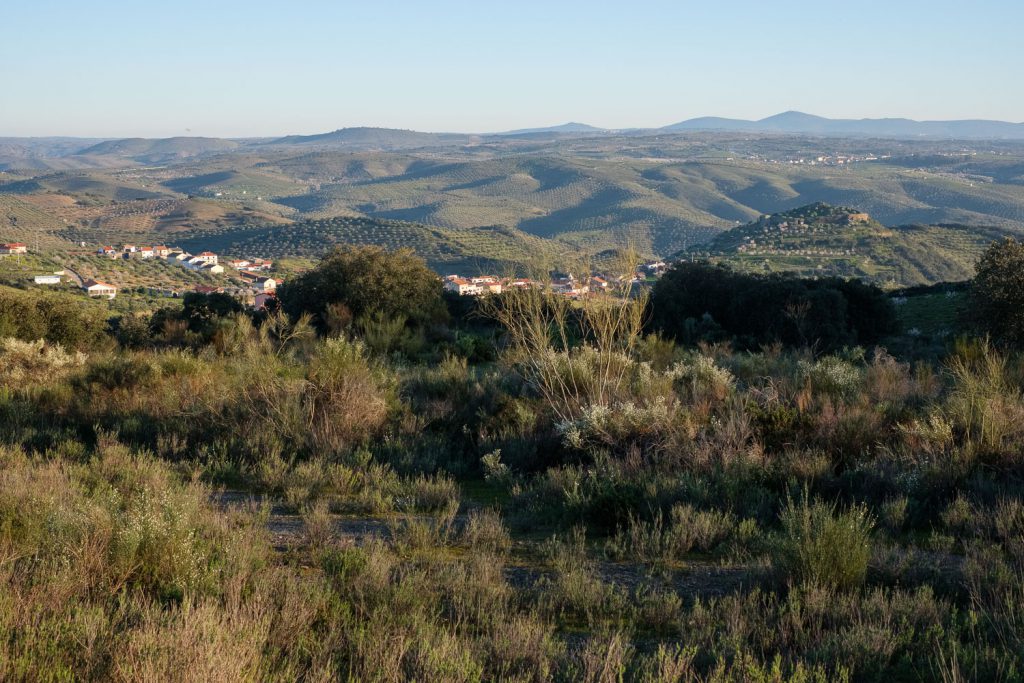
From here, a short drive takes visitors to the Penascosa archaeological site, located on the right bank of the Côa river. This is a busy place with more visitors than in the morning, because there are more rock panels and engravings to see. Still, the silence in the landscape along the way is only perturbed by chirping birds and buzzing bees. Before descending to the site, it is mandatory to stop and admire the view, including the Erva Moira winery and farm on the opposite bank of the river. Again, this is typical Douro wine terraced landscape, but with a significant area where almond and olive trees are cultivated.
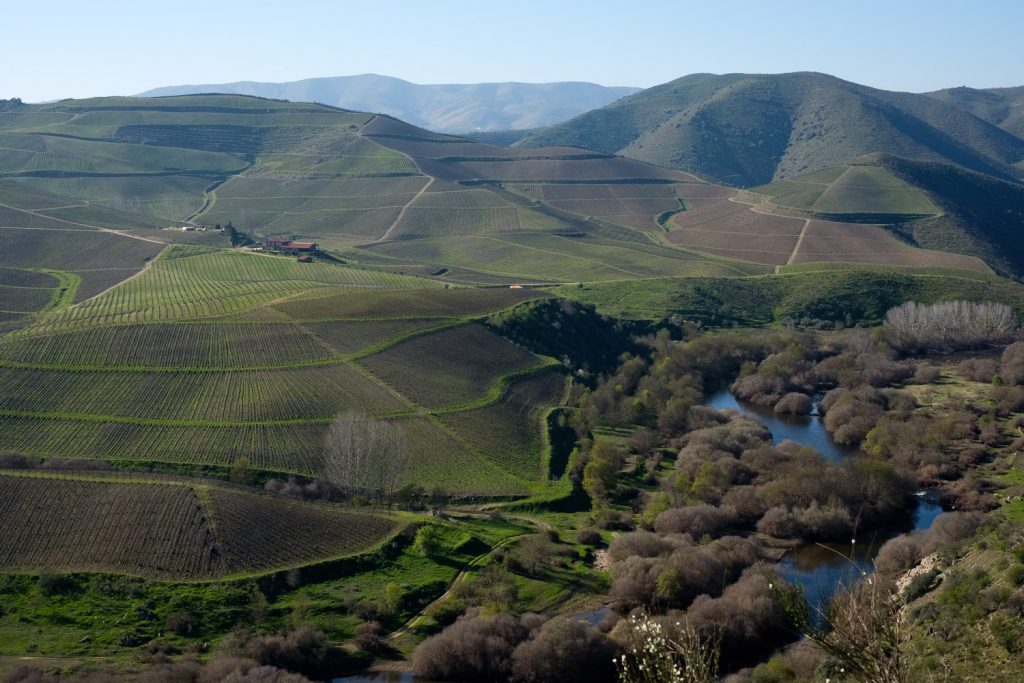
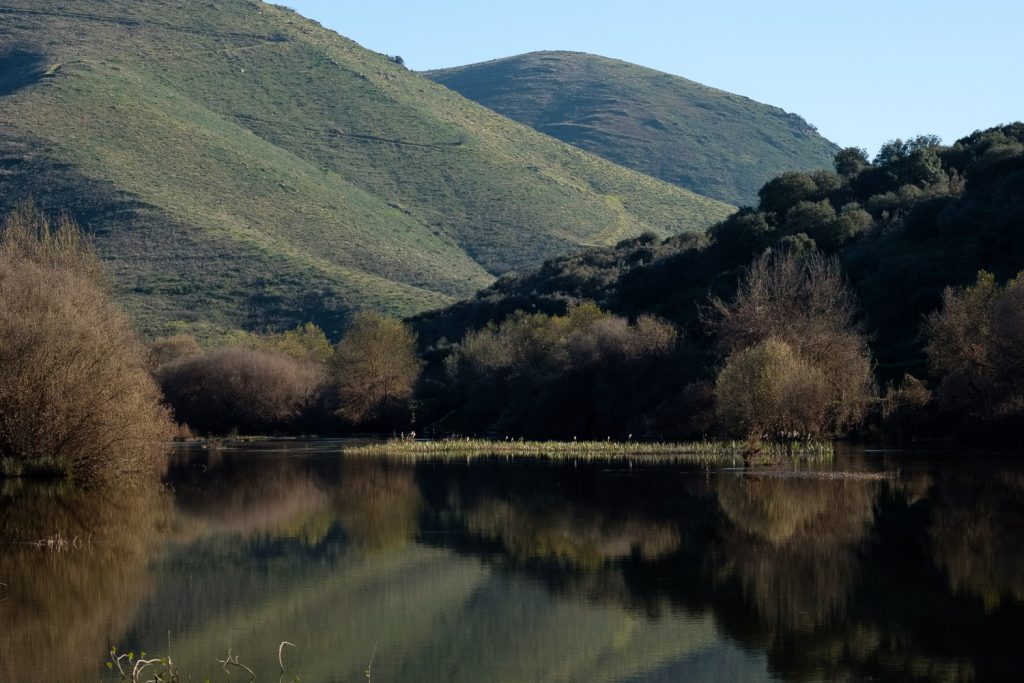
Arriving at the site, indeed several 4WD vehicles are parked, attesting to the popularity of the place. Still, the groups are split between the several rock panels, and everything proceeds at a leisurely pace, as befits the location. A few meters behind us, the river Côa glides smoothly, surrounded by the mountainous terrain. Pre-historic man has left us a significant number of engravings (36 engraved rocks), depicting several animals. In some instances, a sensation of movement is transmitted by having the same animal’s head in three different positions. Also unique to this site is the representation of a fish.
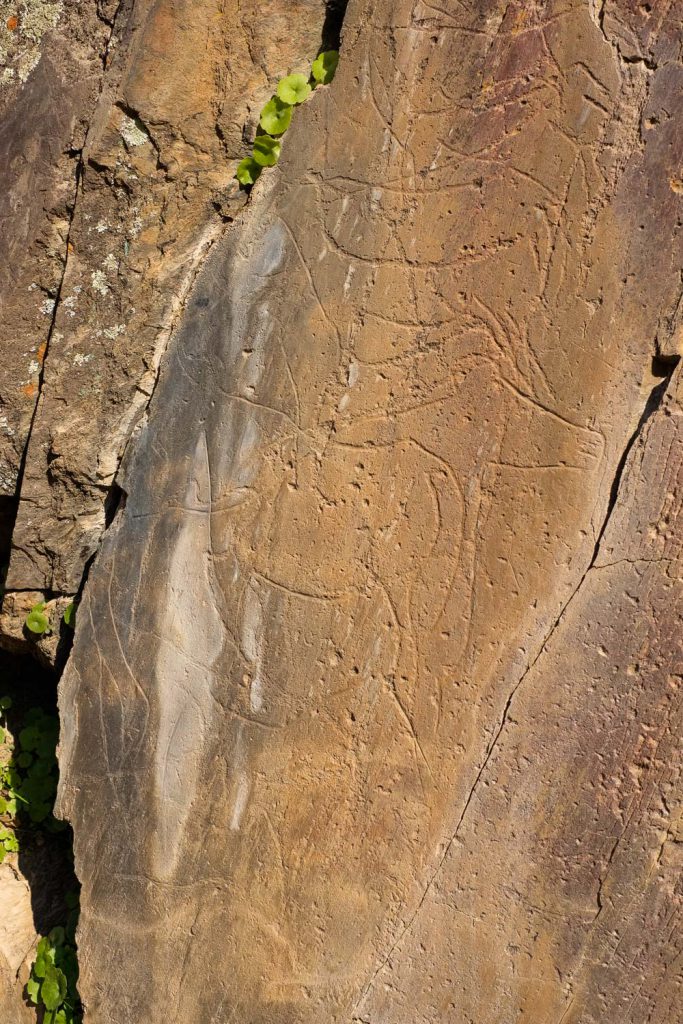


At the end of this very full day, we were all left with a profound respect and admiration for our ancestors of the Côa valley. They were true artists, and they were the first to bring art from inside the darkness of the caves to the full light of day.
In terms of photos, there are no restrictions, except it is not allowed to touch the rocks, of course. I found it useful to have a small macro lens like the Fujinon 60 f/2.4 to be able to achieve some close-up details of the engravings. Plus, some macro photos of the almond blooms. Other than that, a wide angle is mandatory for the sweeping landscapes.
On part 3 of this series, we will depart VNFC and will go to Freixo de Espada a Cinta, crossing one of the most beautiful areas of Portugal. We will end the day right at the border with Spain in a fluvial beach at Congida, well inside the International Douro National Park.